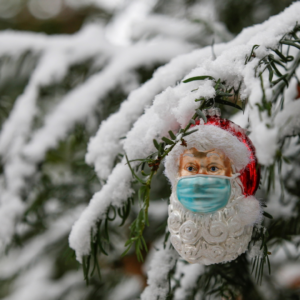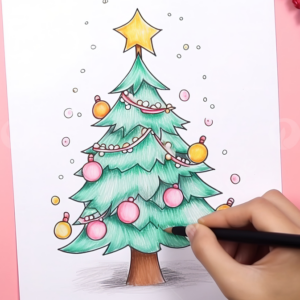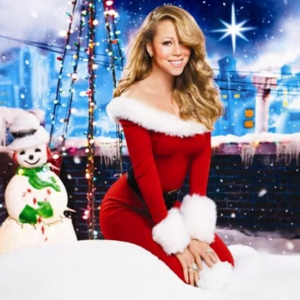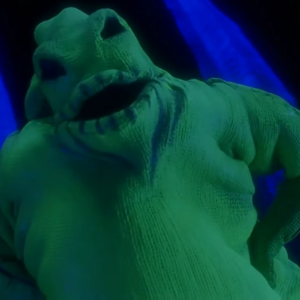Table of Contents
When is Halloween? Halloween is a holiday that is celebrated on October 31 every year, especially in the United States, Canada, and the United Kingdom. But when did Halloween start and why? How did it become such a popular and fun holiday? And how do people celebrate Halloween today? In this article, we will answer these questions and more.
The History of Halloween and When is Halloween?
When is Halloween? Halloween has its origins in the ancient Celtic festival of Samhain, which marked the end of the harvest season and the beginning of the dark half of the year. The Celts believed that on the night of October 31, the boundary between the worlds of the living and the dead became blurred, and the spirits of the dead could return to earth. They lit bonfires and wore masks and costumes to ward off evil spirits and appease the gods. They also offered food and drinks to the spirits and left them outside their doors.
When is Halloween? The Meaning of Halloween
When is Halloween? Halloween celebrated on October 31st, is a holiday with a rich history and a multifaceted meaning. Its significance has evolved over the centuries and varies across cultures. Here are some key aspects of the meaning of Halloween:
- Historical Roots: Halloween has ancient Celtic origins, particularly the festival of Samhain. It marked the end of the harvest season and the beginning of winter. It was believed that on this night, the boundary between the living and the dead was blurred, and spirits could return to Earth. People would light bonfires and wear costumes to ward off evil spirits.
- Celebration of the Harvest: Halloween is also a celebration of the bountiful harvest. In many cultures, it’s a time to give thanks for the year’s agricultural successes and to prepare for the coming winter.
- Religious Significance: For some, Halloween has religious significance. It falls on the eve of All Saints’ Day (November 1st) and All Souls’ Day (November 2nd) in the Christian calendar. All Saints’ Day is a day to honor saints, while All Souls’ Day is a day to pray for the souls of the departed. Halloween, in this context, is the evening before these observances.
- Festive and Playful: In modern times, Halloween has become a festive and playful holiday. It’s a time for dressing up in costumes, attending parties, and going trick-or-treating. Children and adults alike enjoy the creativity of costume design and the lighthearted fun of the holiday.
- Spooky and Supernatural: Halloween often incorporates elements of the spooky and supernatural. Haunted houses, ghost stories, and decorations featuring witches, vampires, and monsters are common. It’s a time when people indulge in their fascination with the eerie and unknown.
- Community and Social Gathering: Halloween promotes community engagement and social interaction. Neighbors come together to decorate their homes, and children go door-to-door for treats. Halloween parties and events provide opportunities for people to connect and celebrate together.
- Expression of Creativity: Halloween allows people to express their creativity through costume design and decoration. It’s a chance to step into different personas or embrace one’s favorite fictional characters.
- Candy and Treats: Trick-or-treating, where children go from house to house to collect candy and treats, is a central part of Halloween. It symbolizes the sharing of abundance and is eagerly anticipated by children.
- Commercial and Economic Impact: Halloween has a significant economic impact, with sales of costumes, decorations, candy, and other Halloween-related products generating substantial revenue for businesses.
- Cultural Diversity: While Halloween is most commonly associated with the United States, it has spread to various parts of the world, adapting to different cultural contexts. Some countries have their own traditions and celebrations during this time.
The Celebration of Halloween
Halloween is celebrated in different ways around the world. For example,
- In the United States and Canada, people celebrate Halloween by decorating their homes and yards with pumpkins, ghosts, spiders, and other spooky items. They also dress up in costumes and go trick-or-treating or attend parties. They also watch horror movies or visit haunted houses.
- In Mexico and some Latin American countries, people celebrate Día de los Muertos (Day of the Dead), a three-day festival that honors the deceased with altars, offerings, parades, and skull-shaped candies.
- In China and some Asian countries, people celebrate the Hungry Ghost Festival, a month-long festival that appeases the restless spirits of the ancestors with food, incense, paper money, and lanterns.
- In Ireland and some European countries, people celebrate Samhain, a pagan festival that marks the end of the harvest season and the beginning of the dark half of the year. They light bonfires and wear masks and costumes to ward off evil spirits and appease the gods.
- In Japan and some Asian countries, people celebrate Obon, a Buddhist festival that commemorates the spirits of the ancestors with lanterns, dances, and visits to graves.
Conclusion
When is Halloween? Halloween is a holiday that is celebrated on October 31 every year, especially in the United States, Canada, and the United Kingdom. It has its origins in the ancient Celtic festival of Samhain, which marked the end of the harvest season and the beginning of the dark half of the year. It also has influences from Roman, Christian, and other cultures. It is a time to enjoy the spooky and the fun, the scary and the sweet, the dead and the living. It is a time to use our imagination, value our friendship, and have hope.
Call to Action
Follow us to see more useful information, as well as to give us more motivation to update more useful information for you.





